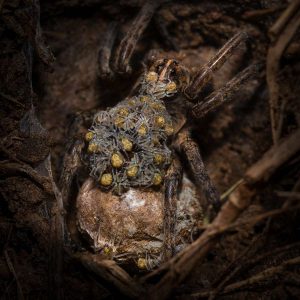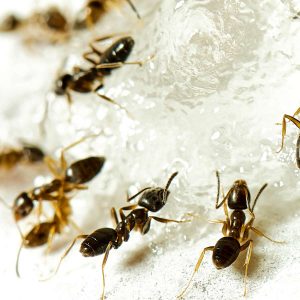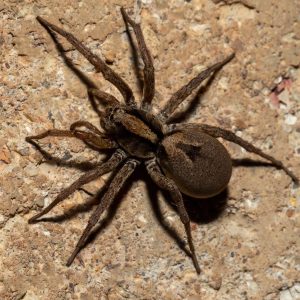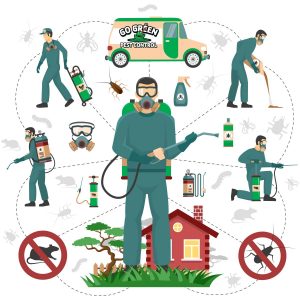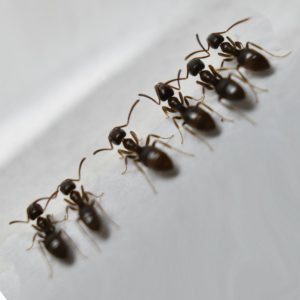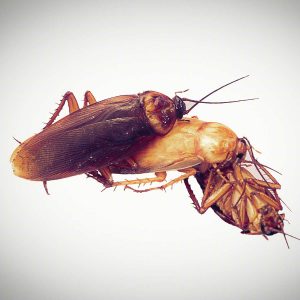If all homes were perfectly sealed containers, people wouldn’t have nearly as many pest problems. But the reality is that most homes require ongoing maintenance to keep out ants, spiders, roaches, and rodents. Cracks that naturally develop around windows, doors, access panels, and utility boxes allow these intruders to slip inside. Other pests, like bed bugs, fleas, and termites, usually don’t need such an invitation; they have their own ways of infiltrating human spaces. All homeowners have to deal with pest problems at times, and many try to self-treat or simply pay professionals when problems crop up. But at some point, many begin to ask the question, “How often should I have my home treated for pests?” in an attempt to get ahead of the problem.
The challenge with many pests is that you don’t know you have a problem until it’s a bad problem because pests always establish nests in parts of the house that are unused or unnoticed. When you finally spot an ant or cockroach, it frequently means they’ve already established a large population in your home.
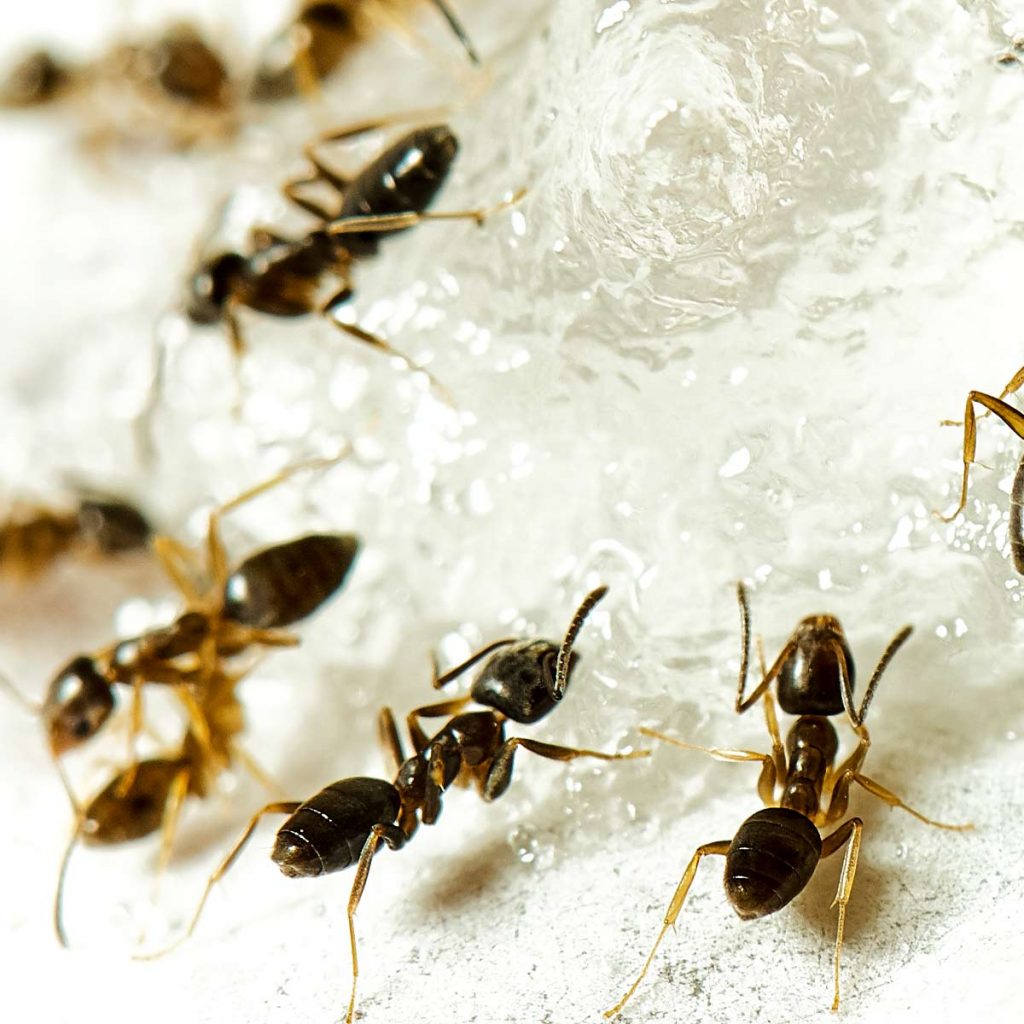
Every Pest Control Challenge is Different
Different homes have different vulnerabilities to pest incursions. Some are older, some are newer, and some are sealed better than others. Some homes are near lakes, trees, or shrubbery, which can increase the likelihood of certain types of pest problems. Some are in the heart of city, and their proximity to restaurants and other commercial buildings can make them vulnerable to specific types of pests. This is why it’s important to work with a green pest control technician to determine the right plan for your property.
A professional is trained to evaluate the unique vulnerabilities of each home and propose a solution that provides maximum pest control with minimum danger to humans. They understand pest behavior, as well as the unique challenges presented by a home’s surrounding landscape and ecosystem. And they have access to pest treatments and tools that are much more effective than over-the-counter products at reaching pests in the deep places where they live.
One of the reasons DIY pest control methods often fail is that it can be difficult to safely and effectively tackle pest problems if you’re not armed with a certain amount of knowledge about the enemy, its habitats, feeding and breeding patterns, and effective countermeasures to combat them.
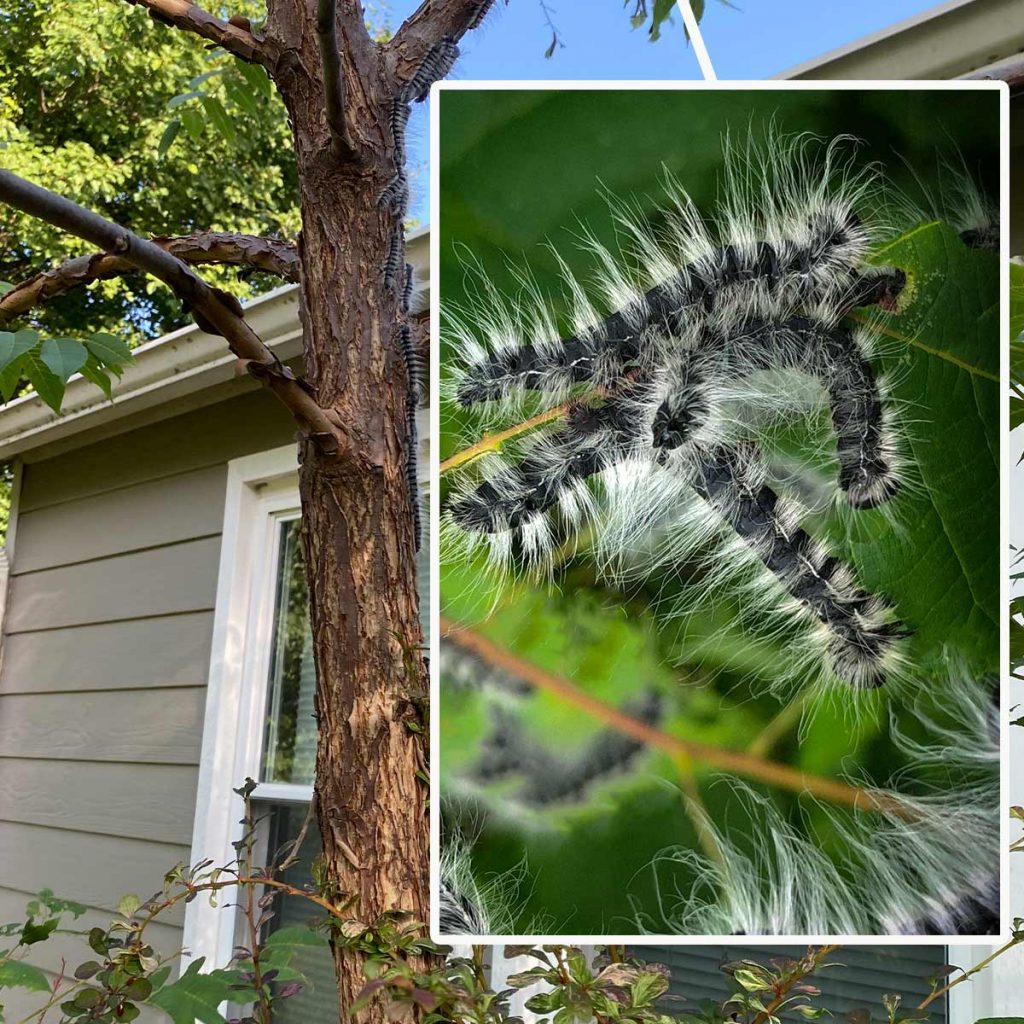
How often should I have my home treated for pests?
Quarterly Pest Control is the Most Common Treatment Frequency in Kansas
Most pesticides lose their effectiveness after approximately 90 days, so this is the maximum amount of time you can expect a treatment to remain effective. Some homes may need more frequent pest control due to location, condition of the home, or other factors. A Go Green technician can evaluate your home’s specific situation and formulate an Integrated Pest Management Plan (IPM) to:
- Solve any current pest problems.
- Monitor potential pest traffic areas on an ongoing basis.
- Establish pet- and human-friendly pest barriers to prevent further infestations.
- Advise you of any home maintenance or cleanup measures that can help keep pests out.
- Establish a regular schedule of inspections/treatments to keep pests away (as mentioned above, this is usually every 90 days in Kansas). Most homeowners are pleased to learn that an IPM is 100 percent guaranteed and very reasonably priced.
What if I Have a Severe Pest Infestation?

If you’re already overrun, it may take one or more treatments to bring the problem under control before establishing a regular maintenance regimen. Heavy infestations may require weekly or bi-weekly visits until the problem is curbed. Professional help is often necessary to get ahead of particularly severe pest problems. They’ll know how to identify the pests, discover their nesting habits and traffic patterns, then administrate the correct treatment for the specific pest.
How Can I Reduce the Risk of Pest Problems in My Home?
Four basic guidelines will help you maintain a strong defense against unwanted invaders:
- Keep food away from them. Spilled food debris and unsealed food and trash containers are an invitation to ants, rodents, and roaches.
- Seal the perimeter of your home. Caulk any cracks or holes around doors, windows, and other access points.
- Repair any plumbing problems that create damp areas under sinks, in crawlspaces, etc. All living things are attracted to water, including pests.
- Reduce clutter. Dark nooks and crannies make excellent homes and hiding places for pests.

Is It Possible to Get Rid of Pests for Good?
Pest control science is more sophisticated than ever before. Green pest control professionals are trained to understand their prey, and they have the most effective arsenal of tools, chemicals, and techniques ever devised. The IPM approach described above was created by a partnership between the Environmental Protection Agency and professionals from the pest control industry, and it utilizes the best methods available. While it’s remotely possible for pests to get through the perimeters and defenses established by an IPM, the plan itself is 100 percent guaranteed, so on the unlikely chance you have an incursion, Go Green would pay all expenses to deal with it.
A quarterly IPM plan for a 2,000 square foot house usually costs around $75 a month, so it’s almost a no-brainer compared to the potential costs of dealing with an infestation. To learn more, call Go Green Pest Control at (316) 733-0687 in Wichita or (785) 377-0687 in Manhattan and Junction City, Kansas. We’ll be glad to inspect your home, create a plan, and get you on the road to a pestless life.

